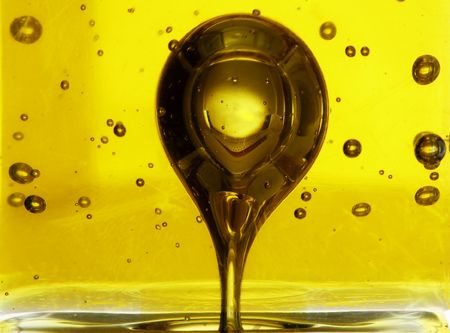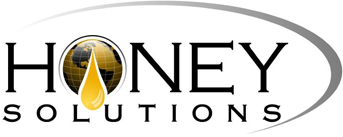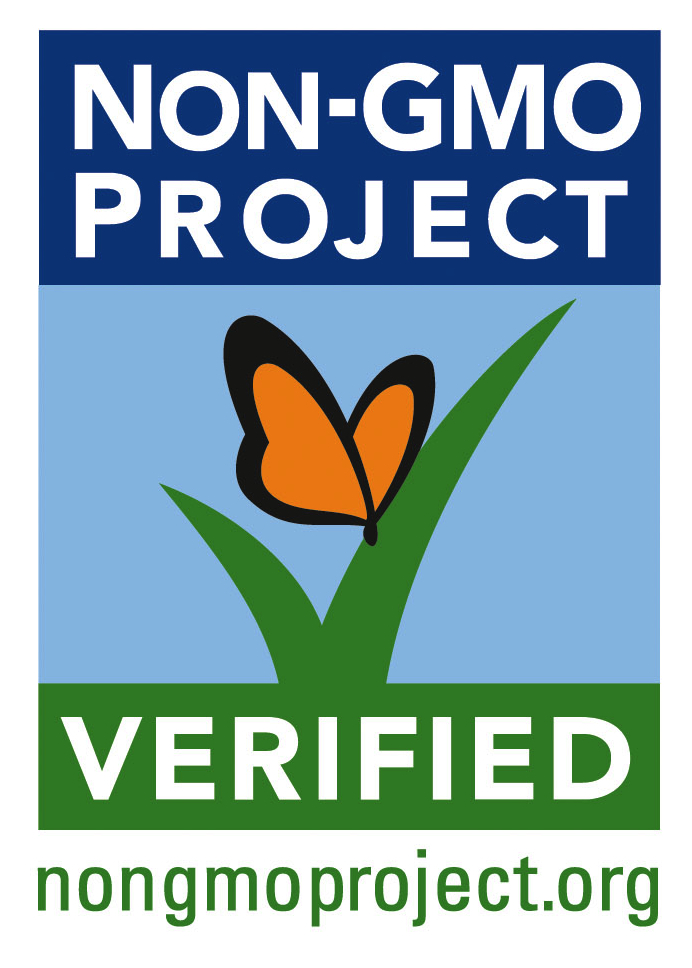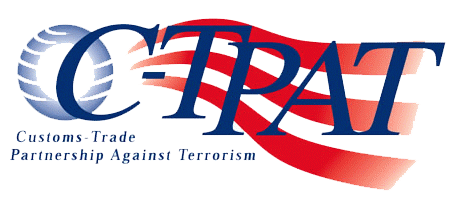It’s no secret that most people are fans of honey. We use it on everything, from sweetening our herbal teas to adding sweet flavors to our salad dressings. We even use it as a remedy to many forms of sickness. But what if we told you that the honey you have in your kitchen might not be the real deal?
 That’s right. Research in 2011 suggested that honey is one of the most faked foods in the world. According to Food Safety News, as much as three-quarters of all honey sold in the U.S. isn’t even the legitimate honey – or at least isn’t the natural stuff that bees produce. The main difference between real honey and the “faked” version is that the pollen is often filtered out.
That’s right. Research in 2011 suggested that honey is one of the most faked foods in the world. According to Food Safety News, as much as three-quarters of all honey sold in the U.S. isn’t even the legitimate honey – or at least isn’t the natural stuff that bees produce. The main difference between real honey and the “faked” version is that the pollen is often filtered out.
Why is pollen so important? According to Dr. Vaughn Bryant of Texas A&M University, writing in a 2015 Bee Culture article, the bee-gathered pollen in honey is rich in proteins, free amino acids and vitamins including B-complex and folic acid. Simply put, honey derives much of its health benefits from its pollen. Bryant further notes that pollen is an important geographical indicator of the origin of the honey. Without pollen the honey packer and honey consumer cannot be assured of the origin of their honey. And finally, Bryant states that the pollen ratio in honey assures the consumer that their honey has not been altered by adulterating liquids like rice syrup or high fructose corn syrup.
While pollen might be a modest, bee-gathered component of honey, it plays a vital part of insuring the purity, nutritional value and origin of the honey. At Honey Solutions, our gentle processing of raw honey insures that we retain pollen in the honey we provide our customers. Additionally, 100 percent of Honey Solutions’ raw honey is tested upon arrival for pollen content by an international, world-renowned honey laboratory so that our customers have undeniable validation of our honey’s origin and purity. After all, our customers have a right to know with certainty the origin and purity of their honey.
Give Honey Solutions a call today at 281-576-1700 to learn more.








Can pollen be added to hfcs.
Pollen can be added to HFCS; but that does not make it honey. Pollen is brought into the hive as food for emerging young ins. As such pollen is not an essential component of honey, but a useful honey contaminant stored and converted separately in the hive. Honey comes from floral nectar and dew whose chemistry is altered by the bees in very specific ways. The purity of honey is confirmed by relating the isotopic profiles of the concentrated nectar and the entrapped pollen. Pollen is also the source of unique amino acids created by enzymes added by bees responsible for storage and ripening of the nectars for consumption. None of that conversion happens in HFCS/ pollen blends, so they are easily distinguishable from real honey. Interestingly, HFCS would be a good carrier for those wanting to consume nutritionally beneficial concentrated pollen as opposed to heat-dried pollen beads. Unfortunately that mixture would cost more than honey because the capture of pollen is an expensive process.